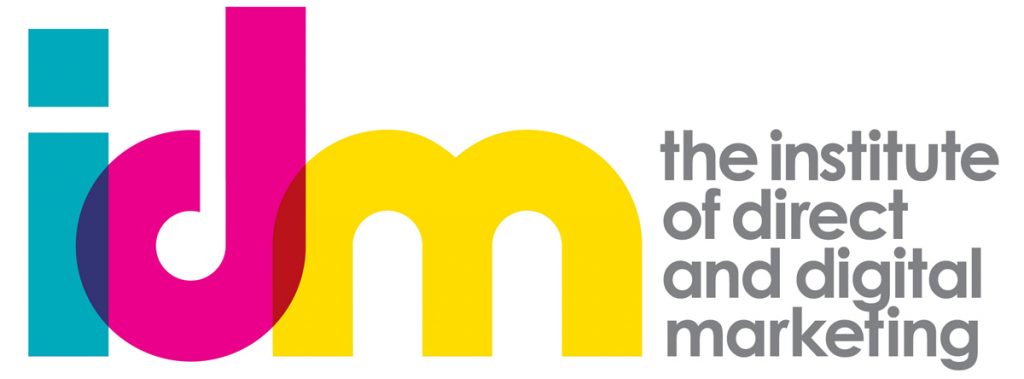Relationship Marketing
Marketing beyond customers
Not just customers
Marketing is often about attracting customers (clients) and generating leads by pushing a message to them through advertising, email, social media adverts, etc. However, as far back as the 1980’s, this model began to fail, as Seth Godden pointed out in his book Purple Cow.
The problem was that pushing their messages became cheaper as more businesses got access to new technology like email. Soon, we were all getting more than 1300 marketing messages daily, and no one could hear anyone saying anything over the noise.
About this time, Don Peppers and Martha Rogers developed the concept of one-to-one or relationship marketing. The idea was that if you formed a relationship with clients and prospects (Seth Godin) they would look for your messages in all the noise, and it would get through. And to build that one-to-one relationship at scale, you needed technology, so CRM Systems were born.
However people began to realize that you can’t build successful customer relationships without having good relationships with front-line staff (SAS and Virgin Airlines). And getting the right motivated staff to have these relationships means recruiting the right candidates. That is easier said than done when there is a war for the best talent. So you also needed to build relationships with potential candidates as well.
Another issue was how to start the conversation in the first place. Today, research has shown that 70% of a client relationship is built before the business is even aware they are in one. Building these asynchronous relationships is what branding is all about, and that has become the focus of marketing activity.
However, branding is less about what you say about yourself and more about what others say about you. So, relationships with referrers and influencers have become crucial. These influencers include the communities to which the potential client (and candidate) belongs. It also relies on the brand’s relationship with Government agencies and the Press.
In some Industries, the impact of referrers has become more important than direct approaches to prospects, so construction businesses, for example, build relationships with Architects and, as a result, are specified by them for specific projects.
You can see from this that relationship marketing cannot be effective if it is thought about solely as the dyad between the organization and the potential client. It needs to be thought about as multifaceted and involving many stakeholders. It is also clear that the messages used to build these relationships must be consistent and not siloed. If, for example, the message to potential investors is all about the appetite to take the tough decisions that protect profits and earnings, while the message to staff is all about security and longevity of employment, both sets of recipients may smell a rat.
Who should we market to?
The multi-faceted nature of modern relationships has been recognised by business leaders and global firms like Cootes& Co. They recognise that the experience they deliver to their clients is impacted by their relationships with the other stakeholders I discussed above and even different sectors within these stakeholder markets.
They use an established model to assess and analyze this relationship called the six markets model proposed by Christopher, Payne, and Ballantyne (Relationship Marketing: Bringing Quality, Customer Service and Marketing Together). These six markets are as follows:
Broadly speaking, these markets are defined as:
Customer Markets – the people who buy your services. It is tempting to think that business-to-business marketing is different. However, in my experience, you are still dealing with people who are making decisions driven more often than not by emotions rather than rational objectivity
Internal markets – if you people don’t know and buy into what you are about, they are unlikely to represent your message at the moment of truths they share with clients
Referral Markets – people who refer business to you and are trusted more by customers than your marketing messages are
Influence Markets – those who can influence your clients but also those that can influence your business directly, such as investors, the Government, and the Press
Recruitment – where you need to win the war for talent and appeal to the best candidates
Suppliers – increasingly, businesses are using fewer suppliers and alliance partners and developing strategic relationships with them. The success in doing this can impact the delivery of their promise to customers.
How can you market consistently across these stakeholders?
How can you develop a consistent brand image across the different markets you need to establish relationships with, who may have different expectations from them?
The answer is to have a strong central vision of what you are about as a business that can be bought into by Prospects, Candidates, Influencers, Referrers, Suppliers, and your People. A purpose that they can all share in and you can demonstrably deliver, or they can realise through the relationship they have with you.
(While starting a business with such a purpose is desirable, it rarely happens. Even Simon Sinek recognizes that discovering your purpose is much more common, and I run a course called Find your Why, which does just that – see my contacts below.)
If there are six markets, who should you market to?
Throughout this blog, I have been leaning heavily on the book Strategic Customer Management. The authors suggest that businesses map their current emphasis and then what it should be to maximize the effectiveness of their relationships.
So, what lessons can we learn?
The big lesson for me is that Customer Relationship Management is more about HR and Recruitment than Sales and Marketing. It is also about the business’s external relationships. To be effective, it must have at its heart a purpose and vision that all these stakeholders can buy into and one that it can deliver or help them realise.
A CRM system needs to bring all these relationships together so that they can be managed effectively and should be at the centre of what the business does rather than on the periphery. That will often mean it should be integrated with other specialist systems such as Finance and HR and support a cross-department process that touches all the stakeholders I have discussed.
However, what is the purpose of your business that will excite your clients (and people referring them), your people (and help you recruit the best candidates), and your investors? Where will you focus your marketing effort, and how will you start the needed relationships?
That will be the subject of further blogs.
If you want to know more contact me
If you want to Find Your Purpose in a two-day workshop – contact me nick@successinbusiness.co.uk or 07983784816


